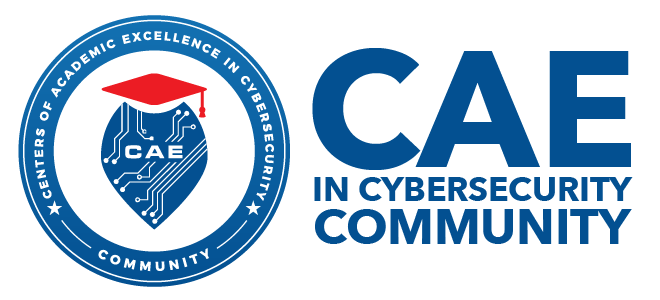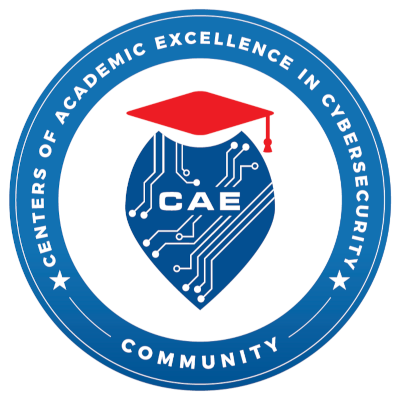As long as we have people, social engineering is a threat. Hacking the human element has only gotten worse with most people working, playing and communicating online. With its prominence, shouldn’t this be a part of all cyber defense and operations curriculum? In this session, you will learn techniques for teaching it either as its own class or within other classes. Everyone in security needs to understand human weaknesses and the best ways to protect and defend against human threats and vulnerabilities. Attendees will learn the importance of human factors, psychology, and leadership for security professionals. The session leaders will show how security controls may be bypassed by a person’s intentional or unintentional acts and methods for reducing the cyber risks associated with human error and social engineering. Attendees will leave with a firm grasp of social engineering techniques and how the laws of influence can be used to breach security controls. The techniques discussed here are taken from books such as, “Influence, The Art of Persuasion”, “How to Win Friends and Influence People,” and “Social Engineering, The Science of Human Hacking.” The objective isn’t to make attendees paranoid, but aware of their surroundings and how they may be vulnerable to the power of human hacking. Learn how social engineering and human hacking is incorporated into a cybersecurity curriculum as one of its most popular classes. All cyber instructors need to learn how to social engineer their students before they social engineer you.
Ronald Woerner, Karla Carter

